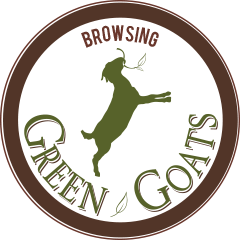How to save the Bog Turtle, the rarest turtle
Dr. Whitlock is the czar for the bog turtle. “For those who’ve been working with bog turtles for years, we’ve had a gut feeling that they’re holding on in these small populations, but they’re still there and still worth saving.”
Developers in Pennsylvania or New York or wherever else must take their prospective project to your individual state agency.
The greatest threats to bog turtles include habitat degradation and fragmentation from land conversion. This also includes habitat succession due to invasive exotic and native plants. Worst yet threats can come from illegal trade and collecting.
Private landowners own the majority of remaining bog turtle habitat. Good livestock grazing management has helped to conserve bog turtle habitat. Which demonstrates the important role that agriculture can play in conservation.
Four goats can clear an acre of land of unwanted vegetation that is threatening the habitat. Goats are light on the ground, and when watched will not eat to the roots.
Proper application of brush management and herbaceous weed control using prescribed grazing/browsing can repair and foster a healthy habitat for the bog turtle.
Where to find them?
Bog Turtles are typically found in small wetlands or contiguous wetlands.
Sedges, grasses, rushes, cattails, and mosses, with mixed patches of shrubs and trees, are the dominant plant that grows in bog turtle habitats. Sedge and moss are ideal for Bog Turtles to deposit their eggs.
When shrubs and trees invade an emergent wetland the resulting canopy of leaves shade the sedges and mosses leaving the Bog Turtles without nesting areas.
In conclusion, we must remember the environment in everything outdoors. Spraying is not the answer. Hiring goats save the environment, period.
 Browsing Green Goats Maryland, and Virginia
Browsing Green Goats Maryland, and Virginia